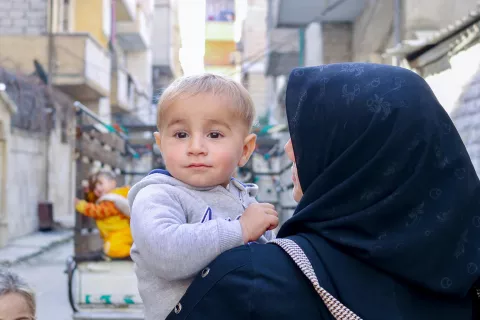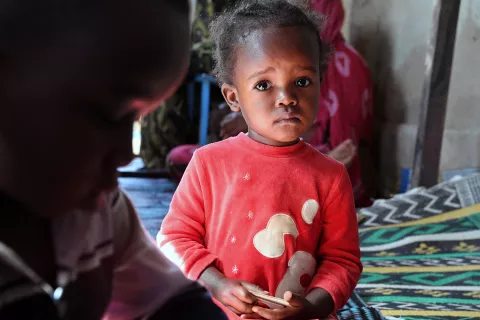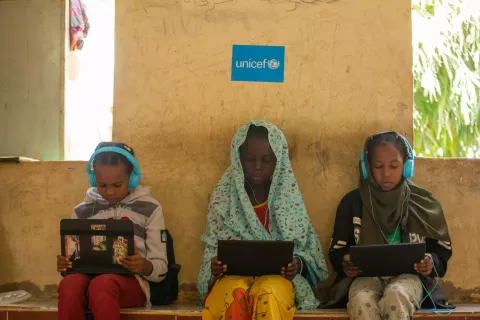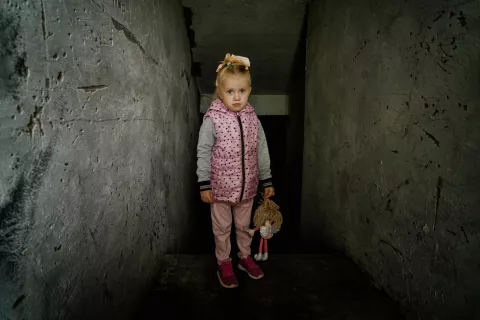Syria: Another year of crisis
Nine years of conflict have left millions of Syrian children bearing the brunt of the violence.
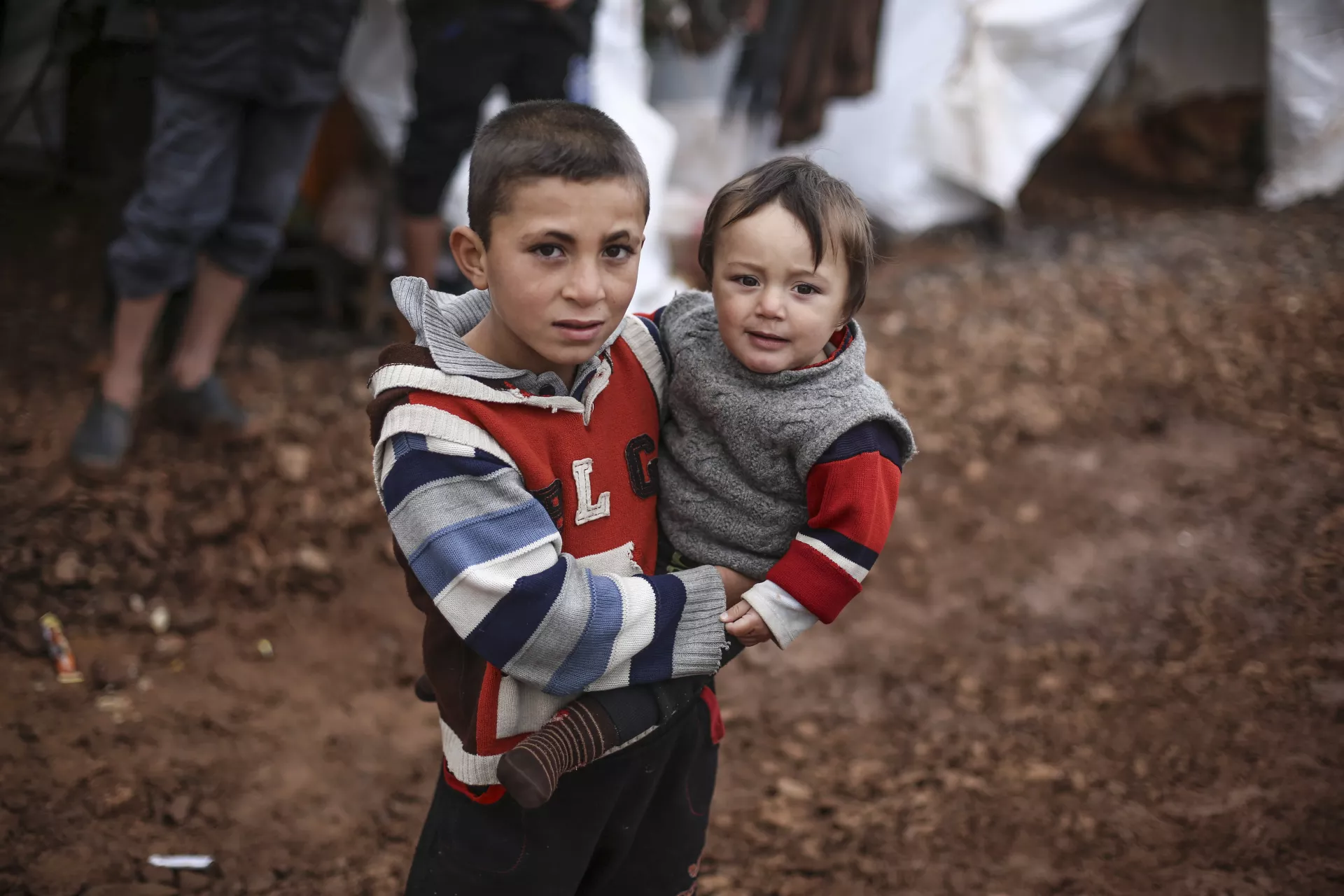
Nine years of conflict have left Syria’s children reeling, their lives turned upside down – or cut short – by violence, displacement and severed family ties. Across the country, millions of Syrians go hungry each and every day. Eighty per cent of people live below the poverty line. One in three children is out of school, with many also going without vital immunizations and other medical treatment.
As Syria approaches its tenth year of conflict, it’s clear the past year has been much like the ones that preceded it – more schools destroyed, more families torn apart, more children’s dreams shattered by seemingly endless violence.
12 more months of crisis
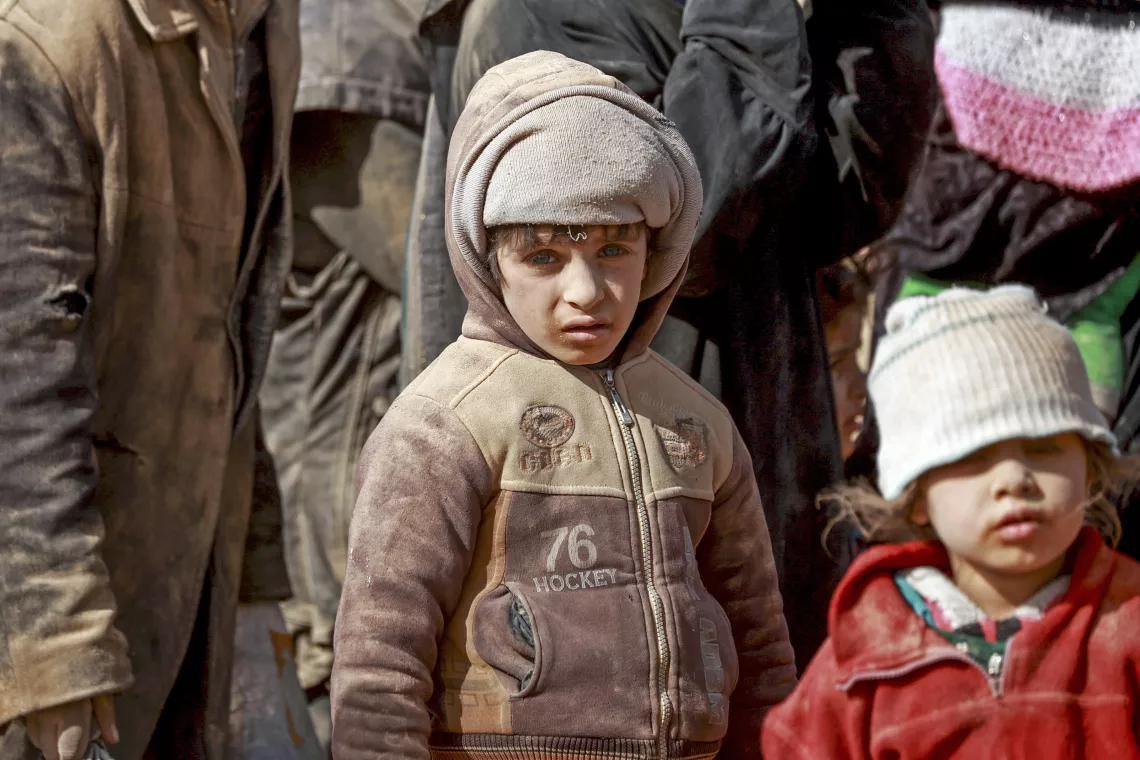
April 2019: As the conflict in Syria enters its ninth brutal year, the security situation in the northwest of the country continues to deteriorate, with shelling on villages in northern Hama and southern Idlib. In the northeastern part of the country, the Al-Hol camp for displaced people is stretched far beyond its capacity. Almost 12 million people need humanitarian assistance across the country.
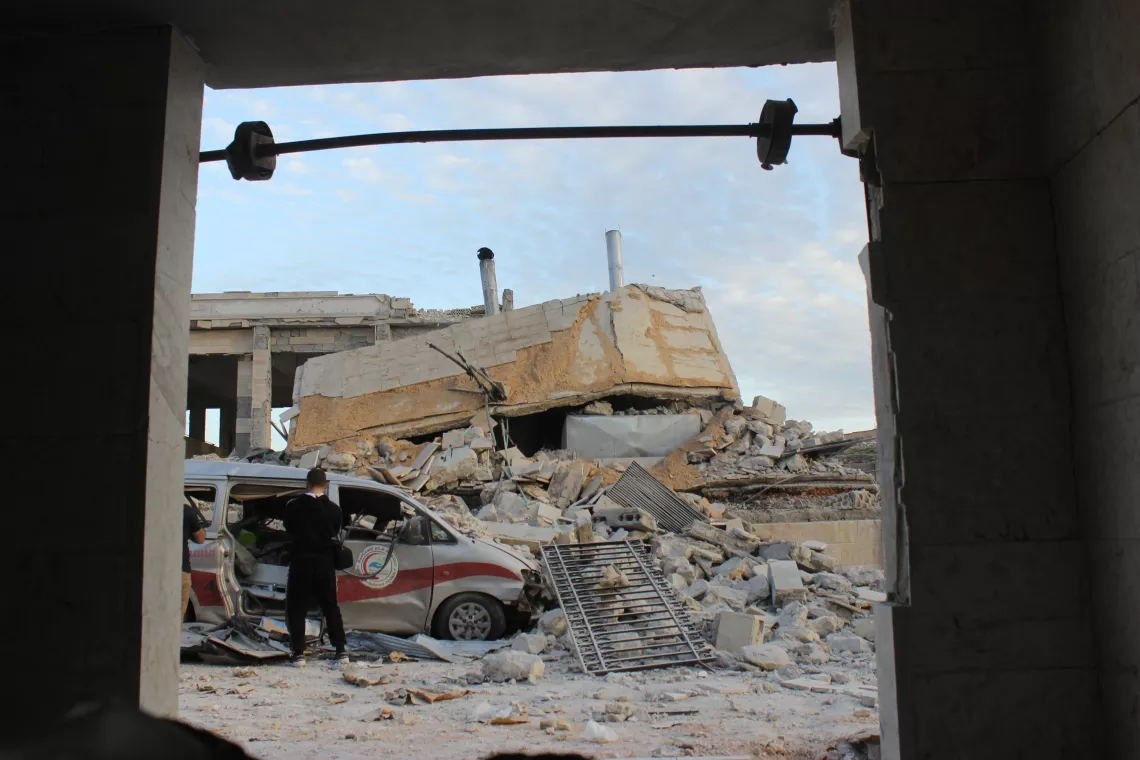
May 2019: A significant escalation in fighting in northwest Syria leaves tens of thousands of children at imminent risk of injury, death and displacement. More than 125,000 children have been displaced since the start of 2019. Meanwhile, almost 30 hospitals have come under attack in a spike of violence that forces some of UNICEF’s healthcare partners to suspend lifesaving operations.
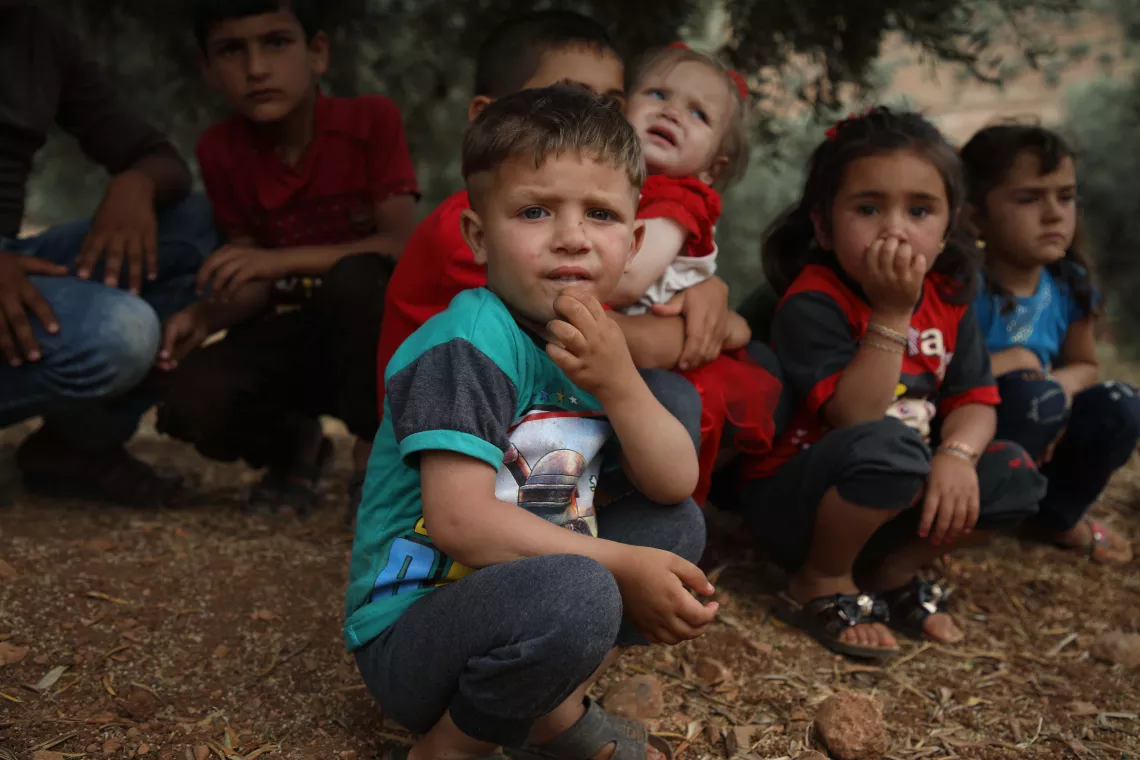
June 2019: Eid al-Fitr, the holiday marking the end of Ramadan, begins on 3 June. But for children and their families uprooted by the conflict, the usual festivities are replaced by uncertainty and fear – and talk of ice cream and toys by stories of violence and loss.
In the villages of Aqrabat and Atmeh, near Syria’s border with Turkey, hundreds of children and their families spend Eid in makeshift camps, with little more than blankets and bed sheets hung from olive trees to protect them from the elements.
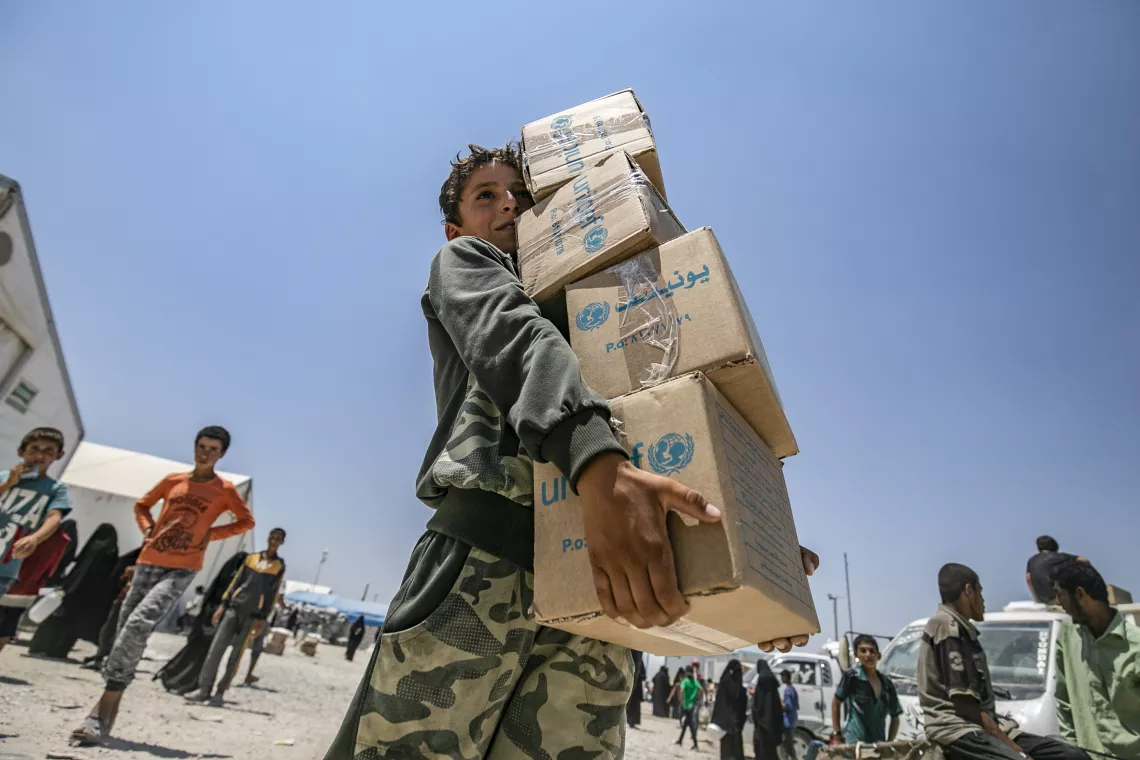
July 2019: At least 70,000 people are living in Al-Hol camp, the vast majority of them women and children. Robbed of a chance at a normal childhood, these children face a dire humanitarian situation that for many is compounded by being abused or forced to fight and carry out acts of extreme violence.
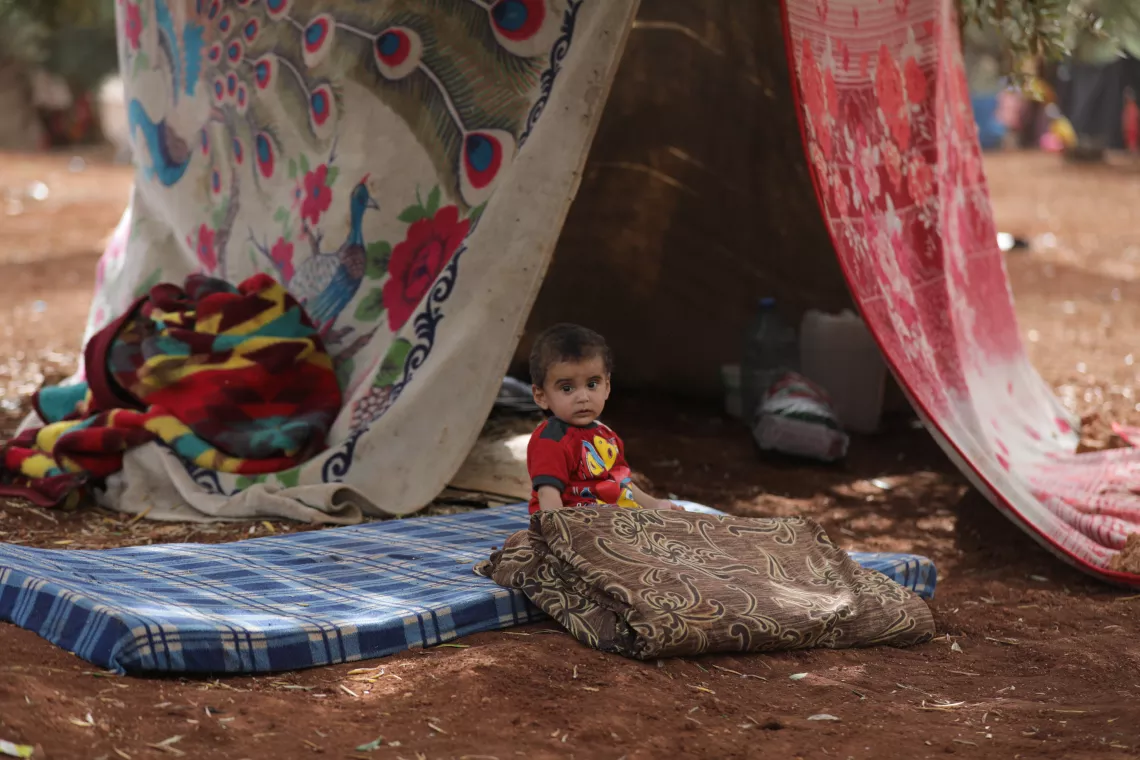
August 2019: The violence in the northwest of the country – including Aleppo, Hama and Idlib – continues to escalate. By 23 August, more than 73 attacks have been verified on education facilities in the area, in addition to dozens of attacks on water stations that affect the water supply to more than 610,000 people. The actual number of attacks is likely to be even higher.
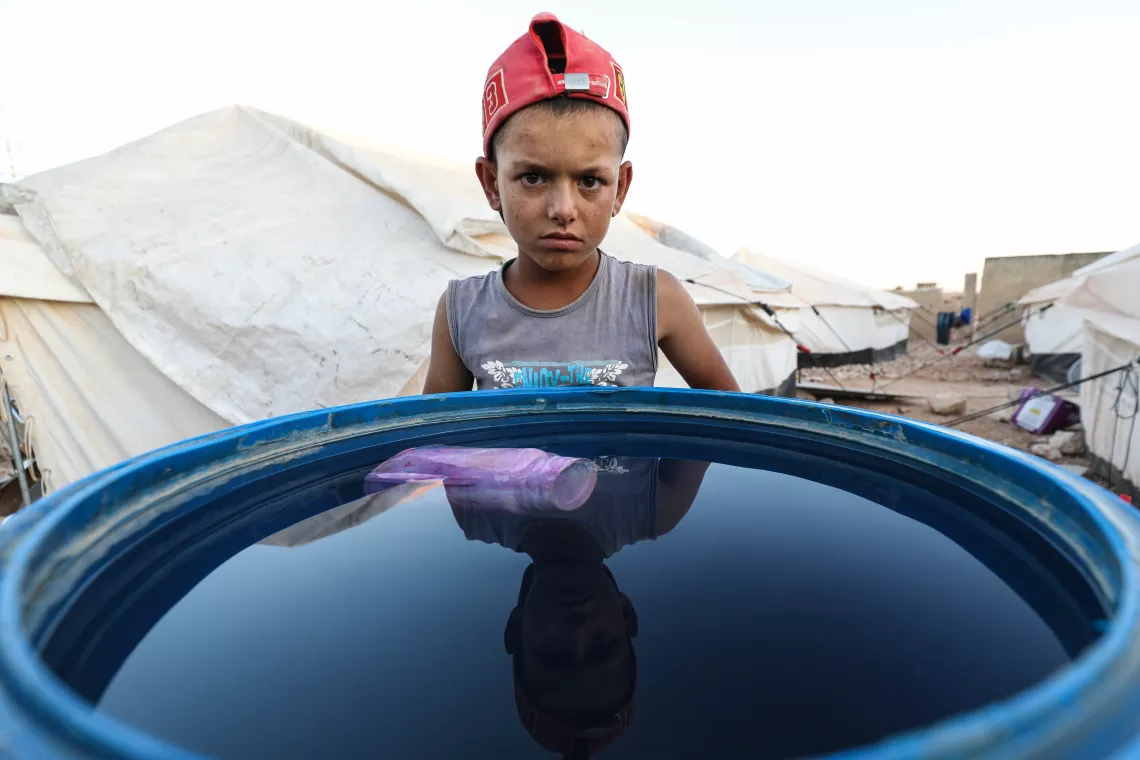
September 2019: The 2019/2020 academic year starts on 21 September after a three-week delay. Unconfirmed reports indicate that half of the schools in non-state armed groups-controlled parts of Idlib Governorate are damaged, destroyed or hosting internally displaced persons and therefore not available for learning purposes. It is estimated that more than 300,000 children – half of the school aged population of Idlib – is impacted.
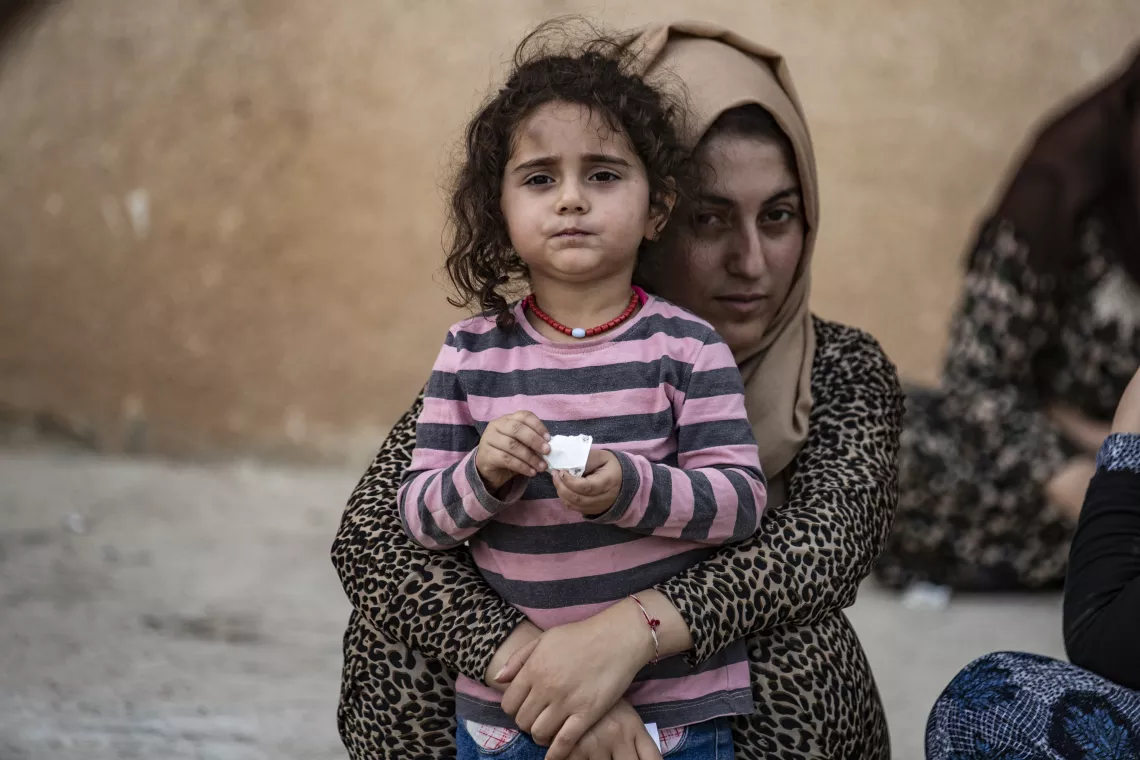
October 2019: Escalating violence in the northeast of the country displaces tens of thousands of people. Thousands flee to the Kurdistan Region of Iraq, many of them women, children and the elderly. Almost all of them walk long distances through the night, hoping to reach safety.
Humanitarian agencies provide families who make the journey to Bardarash camp in Dohuk, in the north of Iraq, with basic relief items like kitchenware and mattresses, and UNICEF distributed hygiene kits in the camp. But material assistance is just one part of the response needed by children and their families. The violence has cut short childhoods, left children traumatized, and upended their educations.
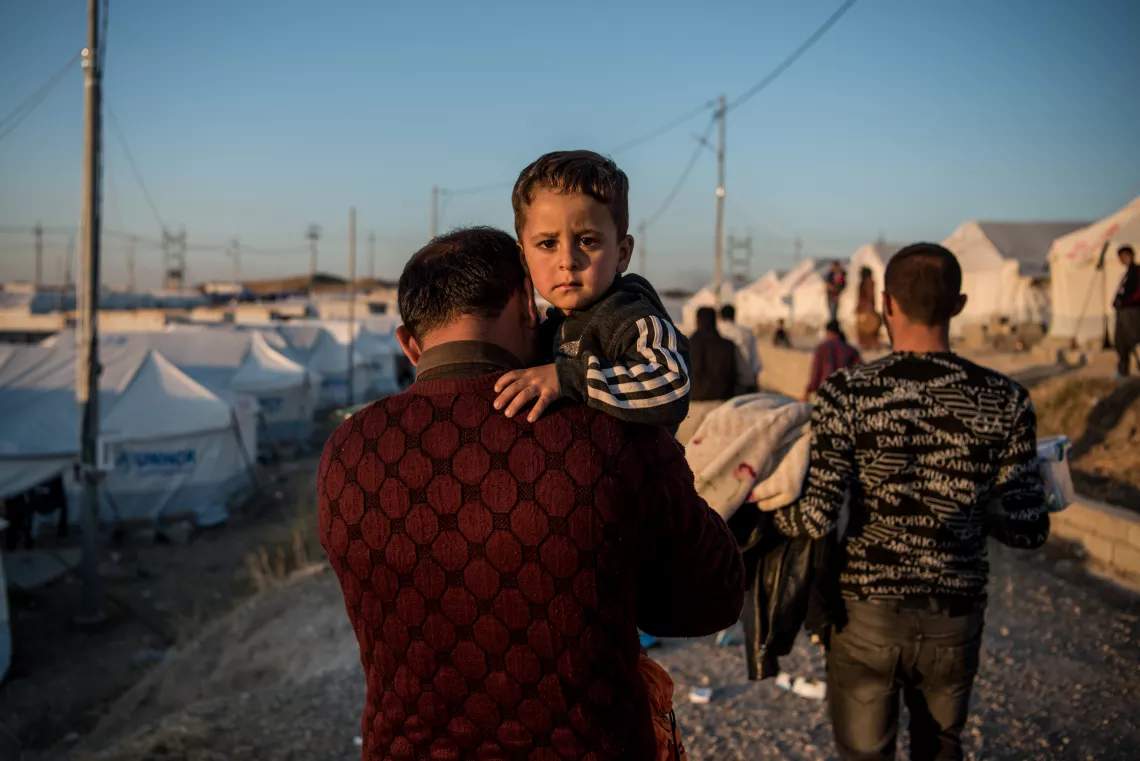
November 2019: Around 74,000 people remain displaced in the northeast of the country, while more than 15,000 people have fled to neighbouring Iraq. The latest wave of displacement comes in addition to those already residing in camps for the displaced, with more than 90 per cent of those being internally displaced women and children.
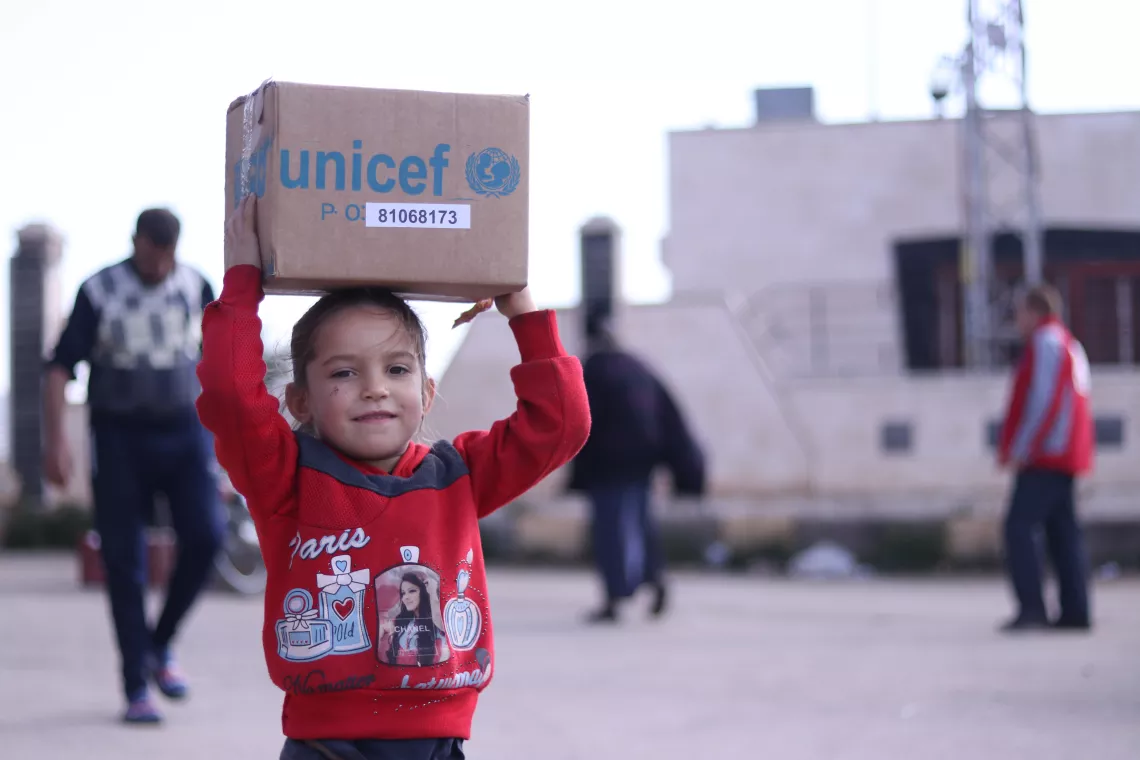
December 2019: As the year draws to a close, the humanitarian needs in Syria remain extensive. The disruption of basic services and widespread destruction of vital infrastructure – such as hospitals, schools, water stations – continue to impede humanitarian assistance and the safe return of displaced people. Meanwhile, brutal winter weather conditions – including storms, heavy rains and plunging temperatures – make for even more gruelling conditions for children and families.
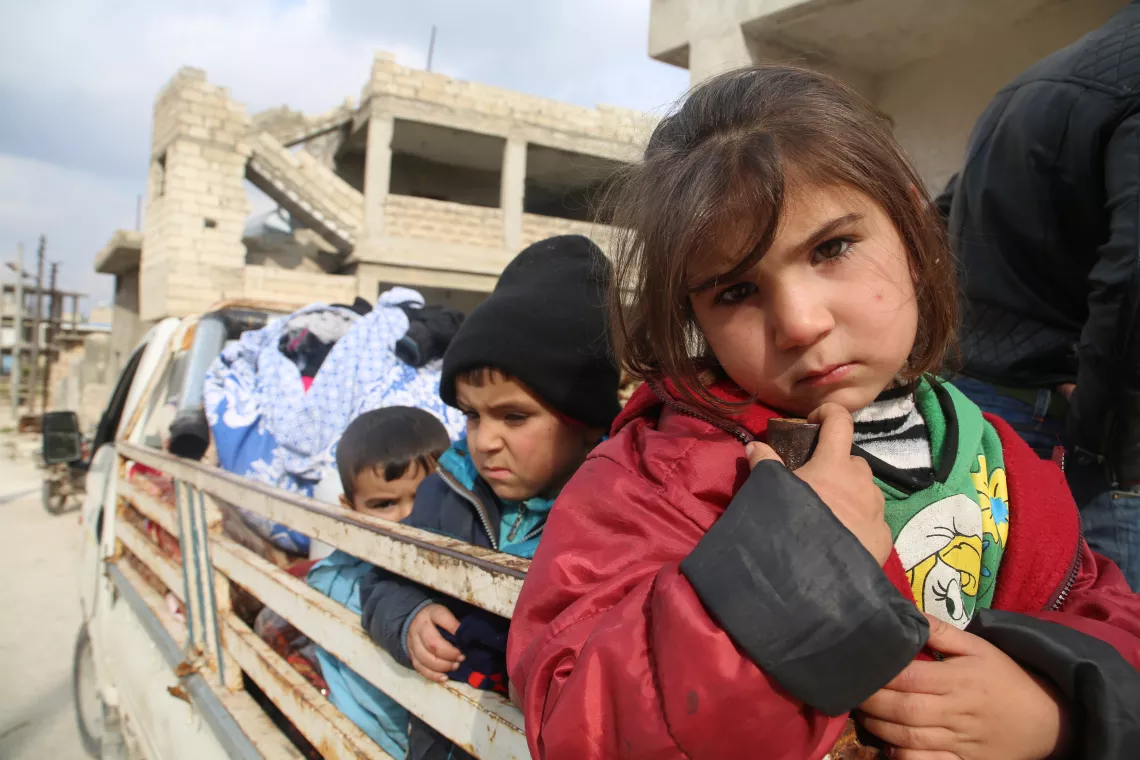
January 2020: The new year begins with an attack that kills five children when rockets hit a primary school in Sarmin, Idlib Governorate.
“New Year’s Day is supposed to be a day of hope and a time to look forward to the year ahead. For families in Syria, any hope is all too often extinguished by heart-breaking violence,” says UNICEF Executive Director Henrietta Fore following the attack.
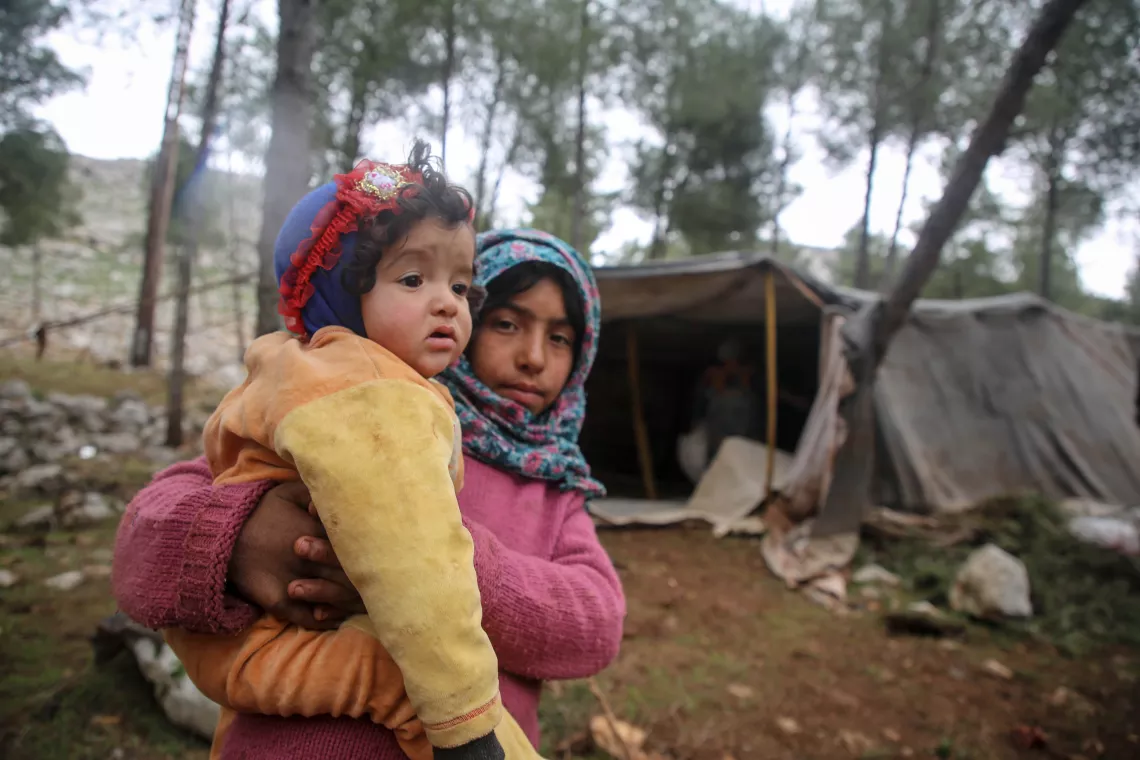
February 2020: Bleak weather conditions leave more than half a million children displaced by intense violence in northwest Syria struggling in increasingly untenable conditions. Tens of thousands of children and their families live in tents and in the open air, grappling with biting cold, a lack of food and desperate living conditions.
“We walked for three days and now live in tents. All of our belongings were soaked with rain and mud,” says one recently displaced mother. “I have a very sick child who needs urgent surgery, but I cannot afford it. If my child dies, all I could do is to bury him.”
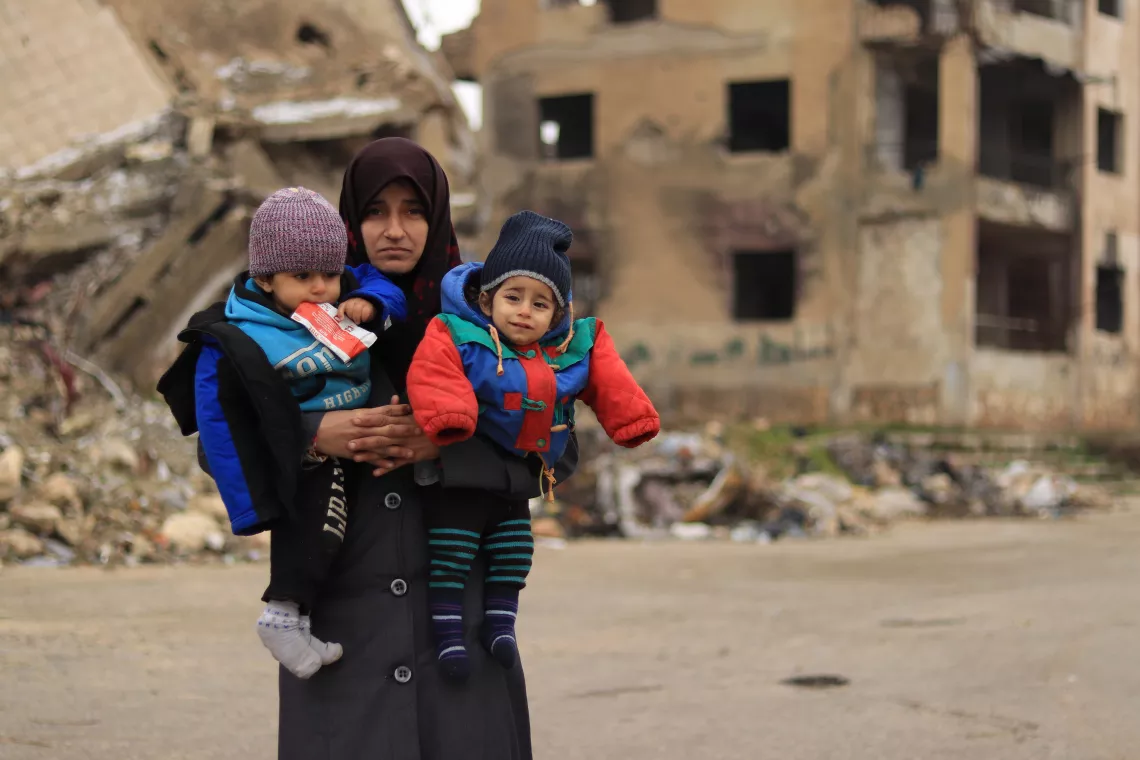
March 2020: The humanitarian crisis for people in northwest Syria reaches new and dire levels, with large numbers of people on the move due to the escalation of hostilities. By 5 March, more than 961,000 people had been displaced since 1 December 2019, some 575,000 of whom were children.
How UNICEF is helping in Syria
In 2019, UNICEF and partners:
- Provided safe drinking water for more than 4.7 million people
- Reached almost 400,000 children with psychosocial support services
- Reached more than 1.5 million children with support to formal education services
- Supported more than 2 million women and children to receive health consultations in all 14 governorates
- Immunized more than 3 million children against polio

